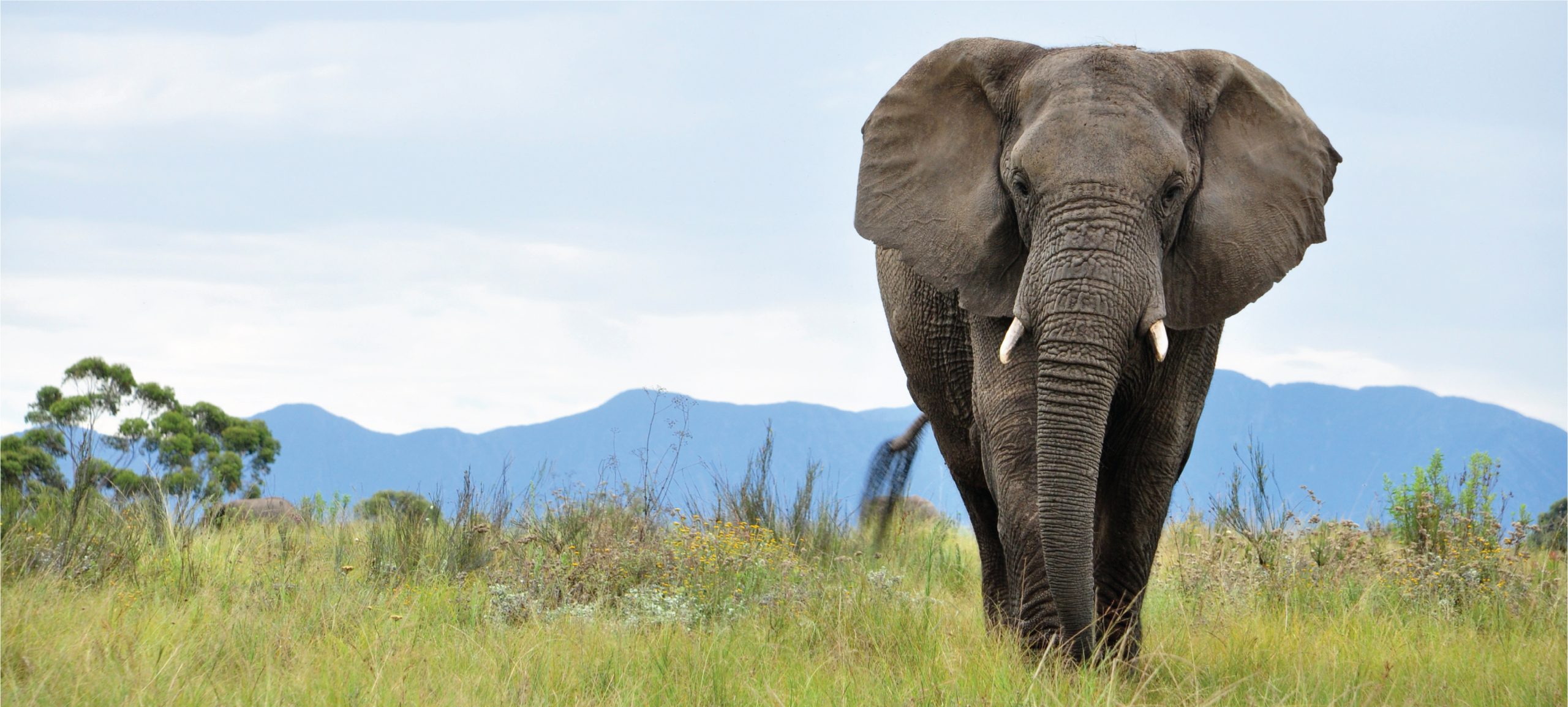-

Brown-eared Woolly Opossum
Discover the intriguing Brown-eared Woolly Opossum (Caluromys lanatus), a nocturnal marsupial found in the tropical rainforests of Central and South America. Known for its dense, woolly fur, distinctive brown ears, and vital role in seed dispersal and insect control, this elusive creature is both fascinating and essential to its ecosystem. Despite being classified as “Least…
-

Blackish Shrew-opossum
Discover the elusive Blackish Shrew-opossum (_Caenolestes fuliginosus_), a fascinating marsupial native to the cloud forests of the Andes. With its dark camouflage and nocturnal habits, this small creature plays a crucial role in controlling insect populations while adapting to its high-altitude environment. Learn more about its unique characteristics, ecological significance, and the conservation challenges it…
-

Dusky Shrew-opossum
Discover the Dusky Shrew-opossum (*Caenolestes fuliginosus*), a small, nocturnal marsupial native to the Andean cloud forests of South America. With its unique blend of shrew-like appearance and opossum-like behavior, this elusive creature plays a vital ecological role as an insectivore, helping to control insect populations and promote forest health. Learn about its fascinating adaptations, conservation…
-

Sangay Shrew-opossum
Discover the elusive Sangay Shrew-opossum (Caenolestes sangay), a rare marsupial endemic to Ecuador’s Andean montane forests. This small, nocturnal creature plays a vital ecological role as both predator and prey, while its unique adaptations and striking shrew-like features capture the intrigue of researchers and conservationists. Learn about the challenges it faces due to habitat loss…
-

Gray-bellied Shrew-opossum
Discover the intriguing world of the Gray-bellied Shrew-opossum (Caenolestes caniventer), a small marsupial native to the Andean cloud forests of South America. With its distinctive gray underbelly and nocturnal habits, this elusive creature plays a vital role in controlling insect populations and maintaining the delicate balance of its ecosystem. Learn more about its unique adaptations,…
-

Condor Shrew-opossum
Discover the elusive Condor Shrew-opossum (genus Caenolestes), a small marsupial native to the Andean cloud forests of South America. With unique shrew-like traits and a vital ecological role, this fascinating creature showcases remarkable adaptations for survival in its dense, humid habitat, while facing threats from habitat destruction and climate change. Explore their intriguing lifestyle, physical…
Search
Popular Posts
-
Hemidactylus tamhiniensis
Discover the Hemidactylus tamhiniensis, also known as the Tamhini gecko, a nocturnal reptile native to the rich ecosystems of the Tamhini Ghats in India. Measuring 7 to 10 cm, this insectivorous gecko features a slender body with rough, mottled skin for excellent camouflage, playing a vital role in controlling pest populations within its habitat.
-
Hemidactylus sushilduttai
Discover the unique Hemidactylus sushilduttai, a vulnerable gecko native to the lush rainforests of India’s Western Ghats, known for its robust body, large bulging eyes, and exceptional climbing abilities. This nocturnal insectivore plays a crucial role in controlling insect populations and maintaining ecological balance within its habitat.
-
Hemidactylus stejnegeri
Hemidactylus stejnegeri, or Stejneger’s House Gecko, is a nocturnal insectivore found in tropical and urban habitats across Southeast Asia, known for its striking large eyes, adhesive toe pads, and remarkable climbing ability. Typically measuring 10 to 15 cm, this adaptable species plays a key role in controlling insect populations while displaying unique social behaviors and…
Categories
Tags
animal adaptations (816) animal behavior (4836) animal reproduction (812) behavior (919) biodiversity (7295) conservation (1670) conservation efforts (1588) conservation status (5149) diet (2099) echolocation (822) ecological balance (1736) ecological role (1582) ecology (794) ecosystem (1468) ecosystem role (2747) ecosystem roles (720) endangered species (2450) environmental conservation (745) habitat (3258) habitat conservation (990) Habitat Destruction (1164) habitat loss (3132) insectivorous reptiles (783) IUCN Red List (1623) lizard reproduction (742) nocturnal animals (2722) nocturnal behavior (2394) nocturnal reptiles (819) physical characteristics (2009) reproduction (2869) reptile behavior (742) reptile conservation (1082) reptile reproduction (768) rodent species (1325) seed dispersal (2089) Seed Disperser (963) small mammals (1166) snake diet (804) snake reproduction (860) South America (794) tropical forests (942) Vulnerable Species (4616) wildlife (2508) wildlife conservation (4874) wildlife protection (907)







